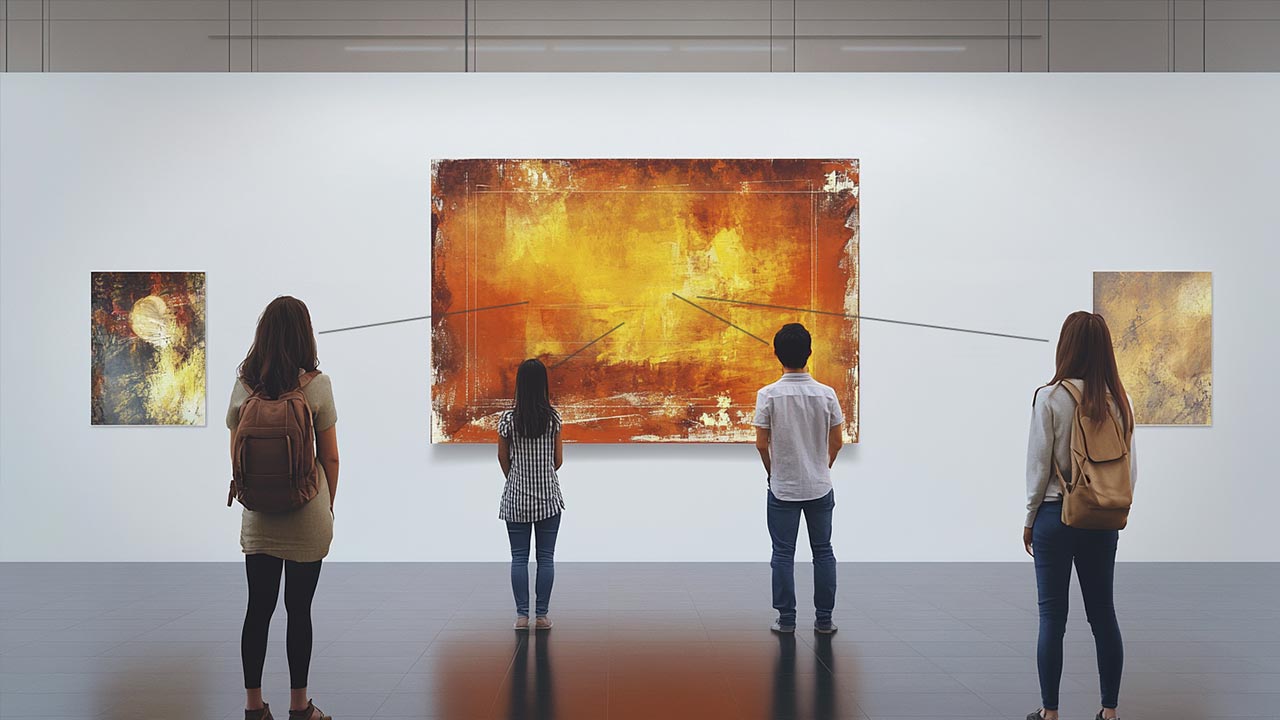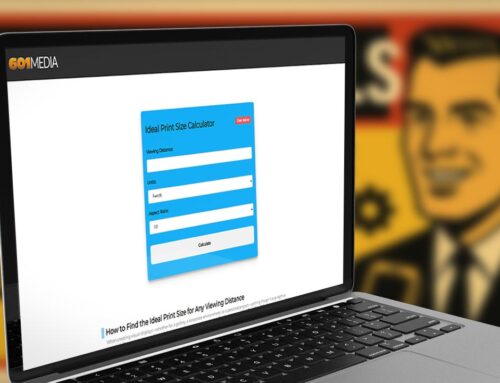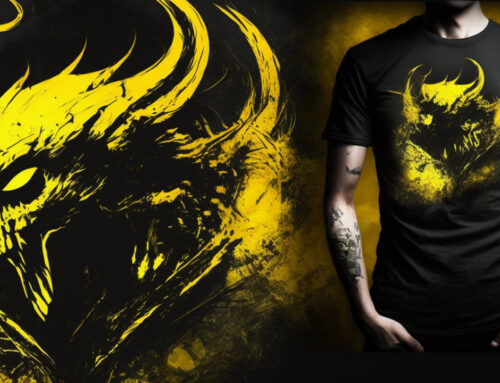How Visual Angle and Viewing Distance Determine the Ideal Print Size
Understanding the science behind visual angle and viewing distance can revolutionize how you select print sizes for displays, exhibitions, advertising, or home decor. This article dives deep into how these factors interplay and guides you to calculate the perfect print size every time.
Table of Contents
- Introduction
- What is Visual Angle?
- The Relationship Between Viewing Distance and Print Size
- Calculating Optimal Print Size
- Practical Applications
- Common Mistakes to Avoid
- Top 5 Frequently Asked Questions
- Final Thoughts
- Resources
Introduction
Have you ever printed a photo or designed a billboard only to realize it looks too small or blurry from a distance? That’s where understanding visual angle becomes crucial. Knowing how big an image should appear relative to the viewer’s position ensures maximum impact and clarity.
What is Visual Angle?
Visual angle is the perceived size of an object based on its actual size and the distance from which it is viewed. It is measured in degrees. A larger visual angle means the object appears bigger to the viewer, regardless of its real-world dimensions.
Example:
- A 10-inch photo viewed from 1 foot away will seem massive.
- The same photo viewed from 30 feet away appears tiny.
Thus, print size must be scaled according to where the viewer will typically stand.
The Relationship Between Viewing Distance and Print Size
Viewing distance and print size are inherently connected through the concept of visual angle. As viewing distance increases, the size of the print must also increase to maintain the same perceived size.
General Principle:
- Closer viewers: Smaller prints suffice.
- Farther viewers: Larger prints are mandatory.
Advertising research shows that the optimal visual angle for promotional materials is between 1 and 2 degrees (Outdoor Media Association). For artwork in galleries, closer to 5 degrees is often preferred.
Calculating Optimal Print Size
Simple Rule of Thumb
For an easy estimation:
Ideal print width = Viewing distance / 3
Example: For a 15-foot viewing distance, the width should be about 5 feet.
Mathematical Formula
The more precise calculation involves trigonometry:
Where:
- = desired visual angle in degrees
- = distance from viewer to print
Quick Reference:
- 1 degree = about 1.05% of the viewing distance.
Example Calculation:
- Viewing Distance: 10 feet
- Desired Visual Angle: 2 degrees
Thus, an 8.4-inch-wide print at 10 feet offers a 2-degree visual angle.
Practical Applications
Art Galleries:
- Artwork is typically seen at 6-10 feet.
- Larger canvases (30-50 inches wide) provide an immersive experience.
Billboards:
- Viewed from 100+ feet.
- Massive prints ensure readability and visibility.
Retail Posters:
- Usually 3-10 feet away.
- Posters around 18×24 inches or bigger are effective.
Home Decor:
- Living rooms usually have a 7-12 foot viewing distance.
- Canvas prints around 24×36 inches work beautifully.
Common Mistakes to Avoid
- Underestimating Distance: People often assume the print is closer than it is.
- Ignoring Viewing Angle: Bigger isn’t always better; you need the right visual balance.
- Resolution Overlook: Larger prints require higher resolution images (at least 150-300 DPI at final size).
Top 5 Frequently Asked Questions
Final Thoughts
The most crucial takeaway is that print size is not arbitrary; it’s a calculated function of visual angle and viewing distance. Ignoring this results in prints that either overwhelm or underwhelm the viewer. Armed with basic trigonometry or even simple rules of thumb, you can tailor your designs for maximum visual impact.






Leave A Comment